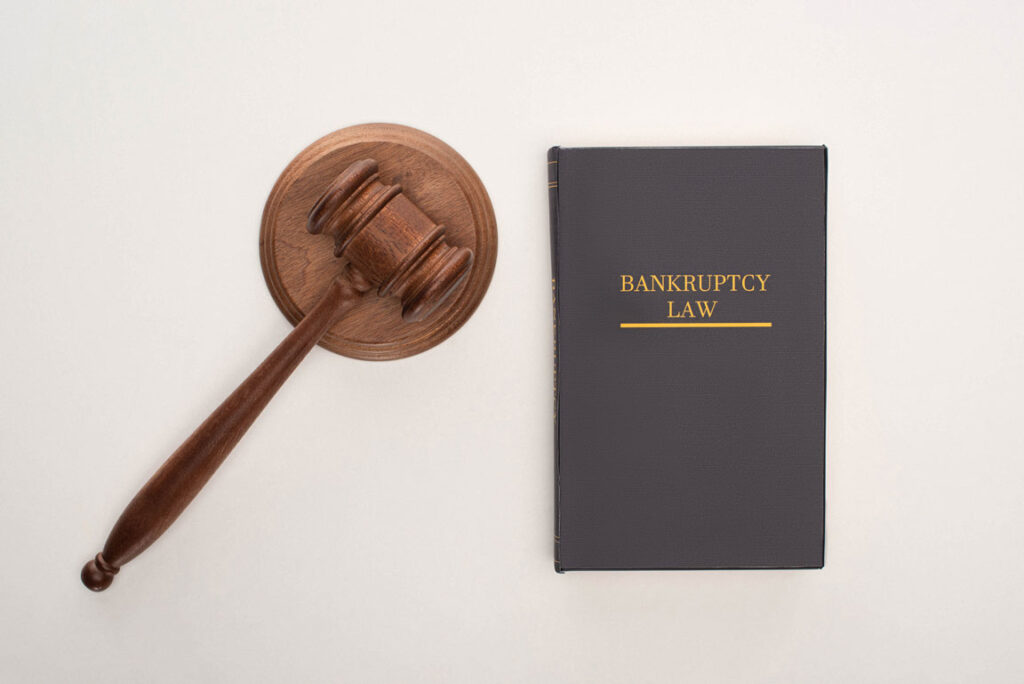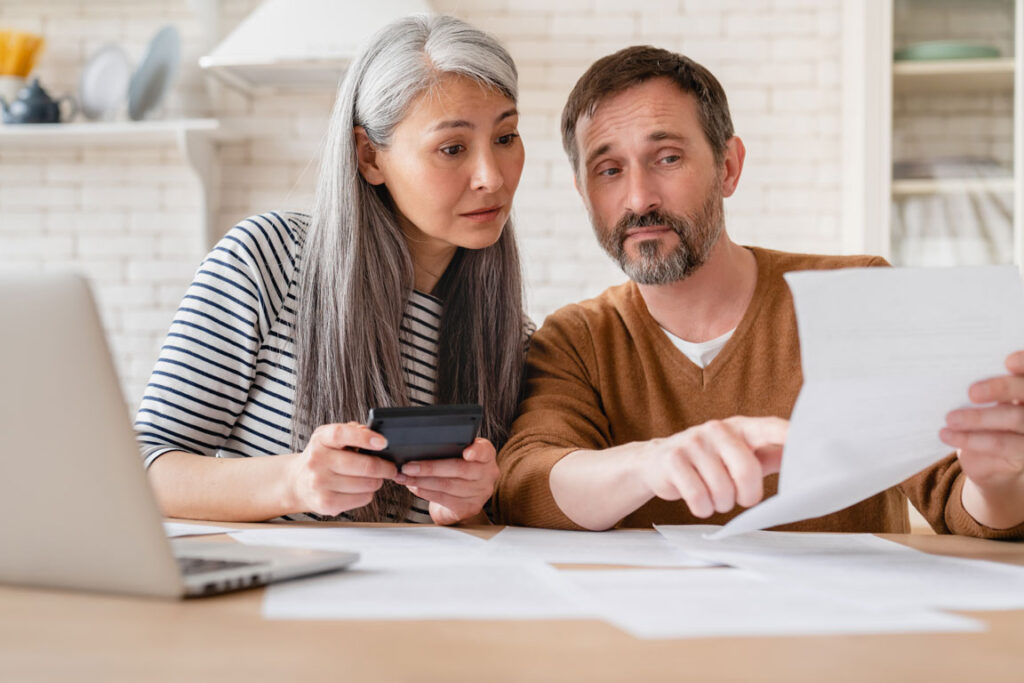Our Bankruptcy 101 articles aim to provide you with helpful information on bankruptcy, breaking down various aspects of the bankruptcy process. This article will give you a better understanding of bankruptcy and some insight into how the bankruptcy process begins.
Additional Bankruptcy 101 Articles: Bankruptcy 101 – Trustees and Administrators
Bankruptcy 101 – Bankruptcy Terminology
Bankruptcy 101 – Filing for Chapter 13 Bankruptcy
Bankruptcy 101 – Filing for Chapter 7 Bankruptcy
What Is Bankruptcy?
Bankruptcy is a set of federal laws and rules that can help individuals and businesses who owe more debt than they can pay. Each of the 94 federal judicial districts handles bankruptcy matters, and in almost all districts, bankruptcy cases are filed in the bankruptcy court. Bankruptcy cases cannot be filed in state court. Bankruptcy laws help people who can no longer pay their creditors get a fresh start by liquidating their assets to pay their debts, or by creating a repayment plan.
Bankruptcy laws also protect troubled businesses and provide for orderly distributions to business creditors through reorganization or liquidation. These procedures are covered under Title 11 of the United States Code (the Bankruptcy Code). The vast majority of cases are filed under the three main chapters of the Bankruptcy Code, which are Chapter 7, Chapter 11, and Chapter 13.
Federal courts have exclusive jurisdiction over bankruptcy cases. This means that a bankruptcy case cannot be filed in a state court.
The primary purposes of the law of bankruptcy are:
- to give an honest debtor a “fresh start” in life by relieving the debtor of most debts, and
- to repay creditors in an orderly manner to the extent that the debtor has property available for payment.
Some bankruptcy cases are filed to allow a debtor to reorganize and establish a plan to repay creditors, while other cases involve liquidation of the debtor’s property.


Starting the Bankruptcy Process
A bankruptcy case normally begins by the debtor filing a petition with the bankruptcy court. A petition may be filed by an individual, by a husband and wife together, or by a corporation or other entity. The debtor is also required to file statements listing assets, income, liabilities, and the names and addresses of all creditors and how much they are owed. The filing of the petition automatically prevents, or “stays,” debt collection actions against the debtor and the debtor’s property. As long as the stay remains in effect, creditors cannot bring or continue lawsuits, make wage garnishments, or even make telephone calls demanding payment.
Creditors receive notice from the clerk of court that the debtor has filed a bankruptcy petition. Some bankruptcy cases are filed to allow a debtor to reorganize and establish a plan to repay creditors, while other cases involve liquidation of the debtor’s property. In many bankruptcy cases involving liquidation of the property of individual consumers, there is little or no money available from the debtor’s estate to pay creditors. As a result, in these cases there are few issues or disputes, and the debtor is normally granted a “discharge” of most debts without objection. This means that the debtor will no longer be personally liable for repaying the debts.
Break Out of Debt
At Todd Cushner & Associates, our bankruptcy litigation experts take care of the heavy lifting, enabling you to break out of debt for a fresh financial start. Contact us today to schedule your free consultation.

